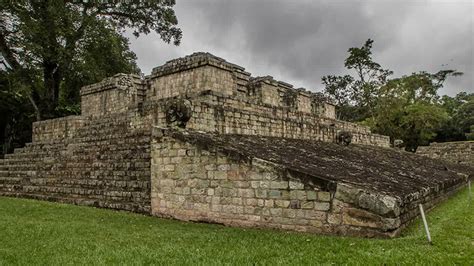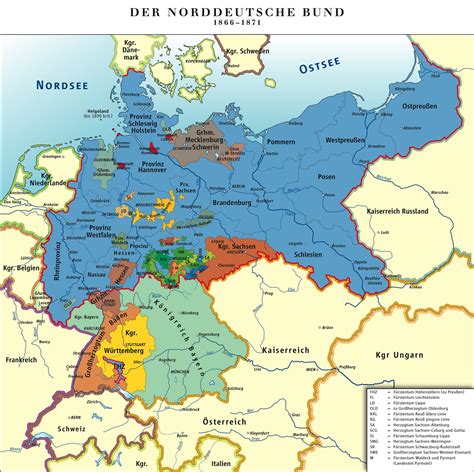Explore the rich history and promising future of the UAE, from its pre-independence era to modern economic growth and diversification. Learn more about the formation and early political development.
Pre-Independence Era
Contents
History of United Arab Emirates
Pre-Independence Era
The Pre-Independence Era refers to the time period before the formation of the United Arab Emirates in 1971. During this time, the region was known as the Trucial States, and it was under British protection. The seven emirates that now form the UAE were each ruled by separate leaders, and there was a lack of cohesion and unity among them.
In the early 20th century, the Trucial States signed a series of agreements with the United Kingdom, effectively becoming a British protectorate. This period saw the establishment of strong ties between the British and the ruling families of the emirates, as the British sought to protect their strategic interests in the region.
The discovery of oil in the 1950s brought significant change to the Trucial States, transforming the region’s economy and its relationship with the rest of the world. The newfound oil wealth provided the means for the emirates to envision a future independent of British rule.
As the Pre-Independence Era drew to a close, the leaders of the emirates began to explore the possibility of forming a union to ensure their security and prosperity in the face of regional challenges. This laid the groundwork for the eventual formation of the United Arab Emirates in 1971.
The Formation of the UAE
The United Arab Emirates (UAE) was formed on December 2, 1971, when six emirates came together to create a new federation. These emirates were Abu Dhabi, Dubai, Sharjah, Umm Al-Quwain, Fujairah, and Ajman. The seventh emirate, Ras Al Khaimah, joined the federation the following year in 1972, completing the formation of the UAE as it is known today.
Before the formation of the UAE, these emirates were each independent sheikhdoms. They were under British protection, with foreign affairs and defense managed by the United Kingdom. However, as the British Empire began to decolonize and relinquish control of its former territories, the emirates in the Persian Gulf faced the question of their own future and security. As a result, discussions began in the late 1960s about the potential for a union between the emirates to ensure their collective stability and prosperity.
These discussions eventually led to the drafting of a constitution and the establishment of the UAE as a federal state. The new nation sought to capitalize on its collective resources and strengths, including the vast oil reserves found in the region. The founding fathers, including the late Sheikh Zayed bin Sultan Al Nahyan of Abu Dhabi and Sheikh Rashid bin Saeed Al Maktoum of Dubai, played pivotal roles in the formation and early development of the UAE. Their visionary leadership and commitment to unity laid the foundation for the modern UAE.
With the formation of the federation, the UAE gained international recognition and began to take its place on the world stage. The country established diplomatic relations with nations around the globe, solidifying its position as a key player in the Middle East and beyond. The unity and cohesiveness of the emirates in the formation of the UAE continue to be celebrated and honored by Emiratis and residents alike, serving as a source of pride and identity for the nation.
Early Political Development
The United Arab Emirates underwent significant political changes in its early development phase. This period of change and transition saw the emergence of powerful leaders who played a crucial role in shaping the country’s political landscape. The early political development of the UAE can be traced back to the 1960s when the formation of the Trucial States paved the way for the eventual unification of the seven emirates.
As the trucial rulers sought to secure their territories and forge alliances, the need for a centralized governing authority became increasingly apparent. It was during this time that the Supreme Council was formed, laying the groundwork for the establishment of a federal government. The process of unification gained momentum, leading to the declaration of the Federal Constitution in 1971, which officially marked the formation of the United Arab Emirates as a sovereign nation.
The early political development of the UAE was characterized by the consolidation of power, as the federal government assumed responsibility for key areas such as defense, foreign affairs, and economic policies. This shift towards a federal system represented a significant departure from the traditional governance structures of the individual emirates, marking a new era of political cooperation and collaboration.
Moreover, the establishment of the Federal National Council in 1972 provided a platform for representative participation in the political process, reflecting the growing need for inclusive governance. This development signified a commitment to democratic principles and laid the foundation for the country’s political evolution in the years to come.
Economic Growth and Diversification
The economic growth of the United Arab Emirates has been nothing short of miraculous. From a small fishing and pearl diving economy in the early 20th century, the country has transformed into one of the wealthiest nations in the world. The discovery of oil in the 1950s provided the initial impetus for this growth, leading to rapid urbanization and modernization.
However, realizing the dependence on oil as a finite resource, the UAE government has taken proactive steps to diversify the economy. This diversification strategy has focused on sectors such as tourism, finance, and real estate, and has been remarkably successful in reducing the country’s reliance on oil revenues.
In recent years, the UAE has also positioned itself as a hub for innovation and technology. The establishment of free zones and investment-friendly policies has attracted multinational companies and startups alike, contributing to the country’s economic growth and diversification efforts.
Sustainable development has also been a key priority for the UAE, with significant investments in renewable energy and environmental conservation. The country’s commitment to sustainability not only safeguards its natural resources but also ensures long-term economic stability.
Looking ahead, the UAE’s economic growth and diversification efforts are likely to continue, with a focus on enhancing non-oil sectors, fostering innovation, and promoting sustainable development. As a result, the country is well positioned to maintain its status as a thriving and diverse economy in the modern era.
Modern Era and Future Outlook
The modern era of the United Arab Emirates has been characterized by rapid development and global recognition. With a focus on diversifying the economy, the UAE has emerged as a major player in the fields of finance, tourism, and technology. The government has implemented various initiatives to attract foreign investment and foster innovation, making the UAE an attractive destination for businesses and entrepreneurs.
Looking ahead, the future outlook for the UAE is promising. With ambitious goals outlined in the UAE Vision 2021, the country aims to further enhance its position as a global leader in various sectors. Investments in renewable energy, infrastructure, and education are paving the way for sustainable growth and development, ensuring a prosperous future for the nation and its people.













